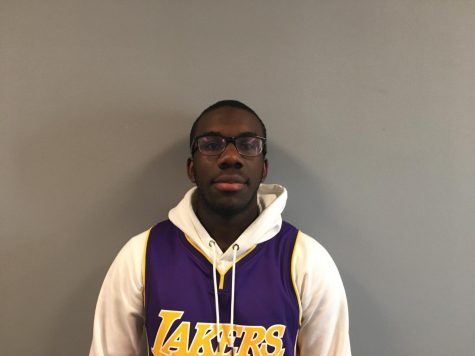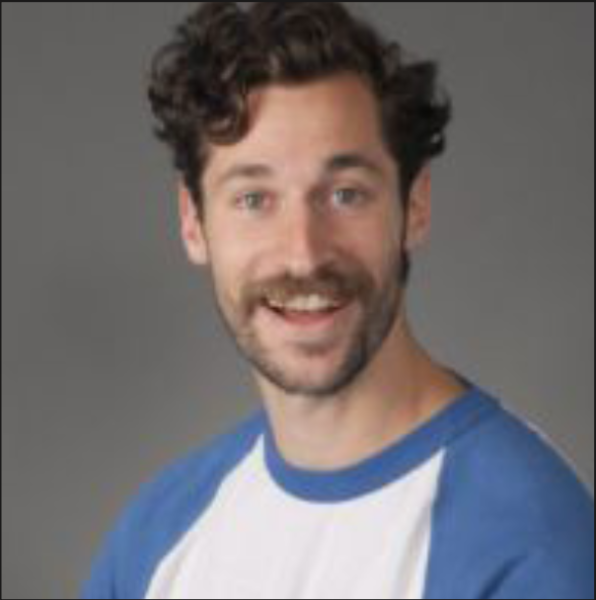Harmony, Discord, and the Notes in Between
Student Diversity Leadership Conference
On November 28th 2018, over 6,400 students and faculty from over 300 independent schools around the country travelled to Nashville, Tennessee with the aim of engaging in dialogues on “Equitable Schools and Inclusive Communities: Harmony, Discord, and the Notes in Between.”
Seniors Christian Navas, Beatrice Turner, and Jalia Daniels Hall, junior Michael Pitts, and sophomores Denise Roman and Leila Griffin attended the Student Diversity Leadership Conference (SDLC)—a multiracial, multicultural gathering of high school student leaders across the United States. SDLC encourages students to engage in self-reflection, form alliances, and build community.
Meanwhile, several school faculty members participated in the People of Color Conference (PoCC). This conference is designed for members of their respective school communities to learn how to incorporate conversations and topics surrounding race in their classrooms, and how to better equip themselves when discussing race with their students. Both the PoCC and SDLC are annual conferences, organized by the National Association of Independent Schools (NAIS). “It was truly an amazing experience,” sophomore Denise Roman said, “to be able to be surrounded by intelligent and talented people of color who shared similar experiences with me.”
The mission of the conference is to “provide a safe space for leadership and professional development and networking for people of color and allies of all backgrounds in independent schools.” “Words cannot even begin to explain the impact SDLC had on me,” Alesia Paz, a sophmore from King School in Stamford, Connecticut, said. “At my school, I often face disapproval for daring to take up space as a Latina girl. SDLC made me feel comfortable and humanized. I felt like I was finally around my people.”
The conference included pre-conference seminars, general sessions with keynote speakers, dozens of workshops, and dialogue sessions. This was the 31st annual People of Color Conference.
Schools are allowed to send only up to six students. The conference started off with a bang by the performance of the Tennessee State Aristocrat Band, who performed a step dance show and played their fight song. The first keynote speaker was CNN Special Reporter Lisa Ling, who talked about her time as a reporter and all the difficult stories she had to write and cover. She touched on how she took risks while reporting on dangerous topics in foreign countries, and wrote stories that no one else wanted to do.
She also explained how, back when she was a young adult, most of the reporters were either white or white males, and she was one of the first Asian reporters to work on a televised local news station. She concluded by saying how we all have to take risks in our lives to get what we want. She urged the audience to never allow anyone to take your dream away and to pursue what makes you happy.
Led by a diverse team of trained adult facilitators, the goal of the sessions was for students to develop effective cross-cultural communication skills, meet new people, hear new experiences and different perspectives, and better understand the nature and development of effective strategies for social justice. “I am so happy I was able to have the opportunity to evolve my knowledge of topics that may seem uncomfortable to most in a comfortable environment,” Turner said. “I cannot express how much love and support I felt in a room full of students who, at the beginning of the conference were strangers, but at the end were lifelong friends.”
In these large groups, called “home groups,” 40-50 high schoolers were assigned to a room where they would spend the next two days learning about how to love one another and discuss Cultural Community Indicators (CCIs) such as race, religion, family structure, age, and gender. “SDLC was an unique experience because sitting in a room full of empowerment is surreal,” Griffin said. “I think I finally understood what empathy actually meant.”
In addition to large group sessions, the SDLC is structured according to “family groups,” allowing for small group dialogue, small games, and story sharing. “A life changing experience. “SDLC is something I will never forget,” Grady Boruchin, a senior from King School in Connecticut, said. “The kindness and love from my family group is something that I will continue to be grateful for.” Apart from the family and home groups, there were affinity groups of different races and genders. In these affinity groups, students were able to hear experiences from peers that they identify with, and were able realize that they were not the only ones experiencing a certain situation.
“Having the experience of being in the black affinity group,” Jlah Johnson, a junior a Saint Mary’s School in North Carolina, said, “allowed me to truly be my authentic self for the first time ever without worrying about being stereotyped for being loud and proud of who I am.” These affinity groups were a chance for those to act, talk, dance, and share feelings about how their certain race impacts them in their school community.
“I’m going to bring back a new commitment to dialogue through increased vulnerability,” Lexi Phelan, a senior from The Baldwin School in Pennsylvania, said, “and hope that my peers model that behavior.”







